The 12MW Glenlee hydro-electric power station in Scotland is part of the 106.5MW Galloway Hydro-Electric power scheme, which was the first large scale integrated hydro-electricity supply complex in the UK when it was built and commissioned in the mid 1930s.
A 60km long network of lochs, dams, tunnels, aquaducts, pipelines and rivers interconnect six power stations in a cascade system, which reuses the water several times for power generation. Each station reuses the water that has been discharged by the one above to generate electricity.
A dam blocks the natural outflow of Loch Doon and acts as the main storage reservoir at the top of the scheme, which has a drop of 210m over its length.
Glenlee is the fifth of the six power stations in the interlinking renewable energy scheme that covers a large area of Galloway and South Ayrshire. Water for Glenlee Power Station gathers in Loch Clatteringshaws and flows through a 6km long tunnel to a portal control valve above the power station. From here water plunges 125m down the hillside through a 570m long steel penstock of varying diameter to the station’s twin 6MW turbines and out of tailrace valves and into a spillway, for discharge into the River Dee. From here the discharged water combines with natural river flows to the downstream Loch Ken, which acts as the reservoir for the last power station in the scheme at Tongland. Outflow from Tongland Power Station rejoins the lower reaches of the River Dee and flows into the Solway Firth at Kirkcudbright Bay.
The Glenlee penstock was in need of cleaning and repainting and power station operator Scottish Power Generation Ltd awarded a contract for its refurbishment to the specialist contractor Concrete Repairs Ltd based in Falkirk. The flange bolted steel pipeline had not been cleaned and painted internally for over 70 years, since it was installed in the 1930s. CRL believed the internal cleaning and paint removal could be done with high-pressure water jetting and contacted N.E.T. Waterjet Ltd, a contractor based in Meigle, Perthshire, specialising in ultra high pressure water technology and diamond drilling and sawing.
N.E.T.Waterjet Ltd’s managing director Tom Wallace believed it was initially feasible to use hand held high-pressure water jetting lances in the penstock’s varying diameters and gradients to remove the old paint coating and peat lying in the bottom, but there was a risk for the operators and so he looked at the possibility of adapting a robot, normally used for the hydrodemolition of concrete, and visited the Conjet factory in Sweden. As soon as he saw the compact 324 Robot he knew it would work, using the optional Hammelmann blast or rotor head instead of the normal concrete hydrodemolition lance.
N.E.T. used its new Conjet 324, with optional rotor head, which arrived on site in May 2010, to remove the build up of debris and old paint coating up to 4mm thick. The company had about 4,200m2 to clean from the inner surface of the penstock in diameters from top to bottom of 3m, 2.7m, 2.4m and twin 1.8m and on varying gradients from 1:100 up to the steepest 18 degrees.
CRL removed the flange bolted expansion joints and butterfly valves in the penstock to provide N.E.T. access at several points for the Conjet 324, which was supplied with water at a pressure of 2,500 bar and flow of 25 litres/min from one of N.E.T.’s existing 250kW Hammelmann 120 high-pressure pumps. “We worked a single shift seven days a week and averaged to clean about 200m2/shift, but our best was 320m2/shift,” said Mr Wallace. “The surface of the pipe actually gets cleaned twice as the 180mm diameter blast head is rotated full circle round the inner circumference of the pipe, then advanced 90mm by the Robot and then rotated back in the opposite direction.
“The sequence is repeated continuously. The Conjet Robot has been superb and worked very well and is a lot safer and about three times faster than using hand lancing. There is no fatigue for the operator and the Robot provides consistent speed and removal. It is also possible to quickly and easily change or adjust the blast head settings and forward step speed to suit the adhesion of the old paint coating.”
There was no dust from the paint removal and the waste water and debris from the Conjet Robot cleaning process flowed down the penstock and was collected by CRL in a sump in the turbine house. It was then pumped into tankers for off site environmental treatment and disposal.
(GK)
Construction News
25/10/2010
N.E.T. Waterjet Uses Conjet Robot At Power Station
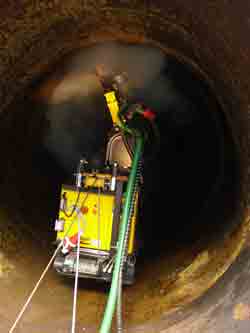
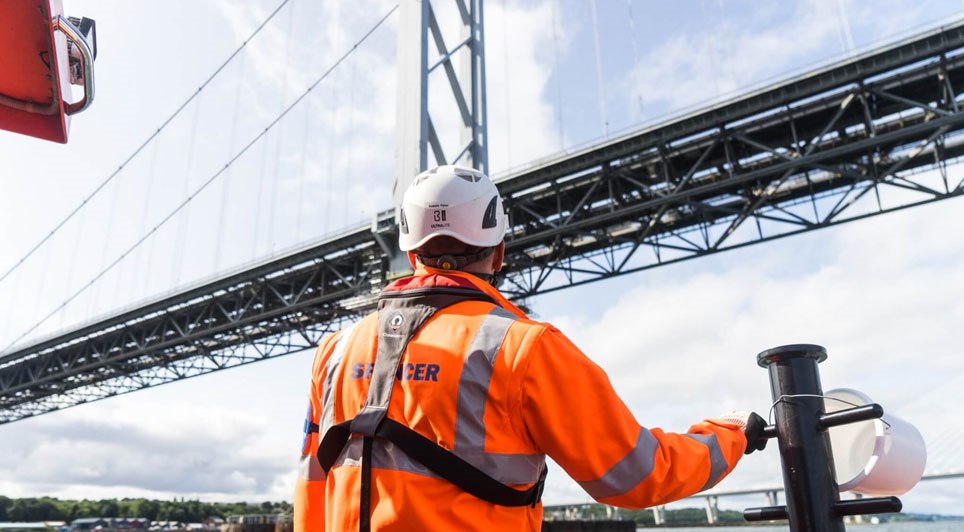
08/05/2025
Spencer Bridge Engineering has solidified its reputation as a leading bridge works specialist in Scotland by securing three new contracts for major projects on the Kessock Bridge, Forth Road Bridge, and Tay Road Bridge, with works scheduled for 2025 and 2026.
Having previously designed and installe
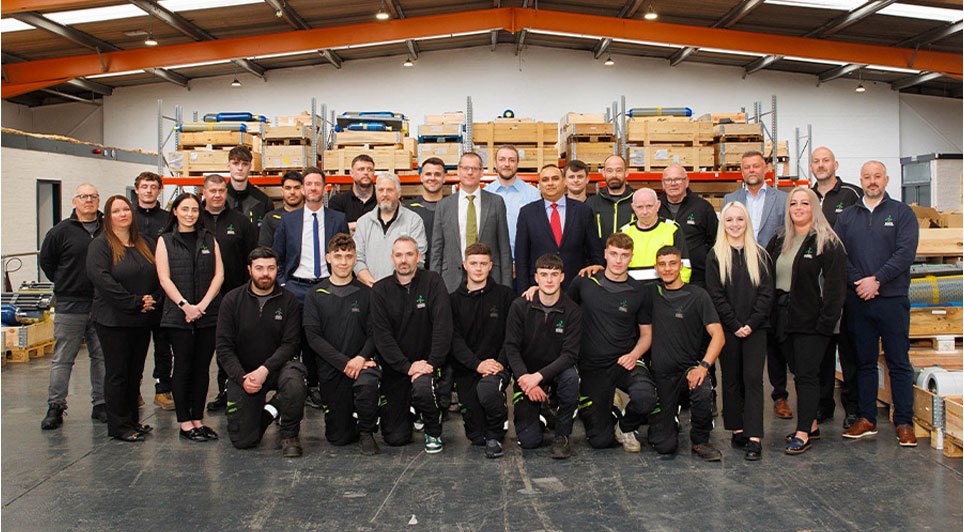
08/05/2025
A multi-million pound contract awarded by ScottishPower Renewables (SPR) to turbine maintenance specialist Ecocel has facilitated the opening of a new, larger facility in Kilwinning, North Ayrshire, and the creation of 10 new jobs.
Under the terms of the contract, Ecocel will manage the parts and s
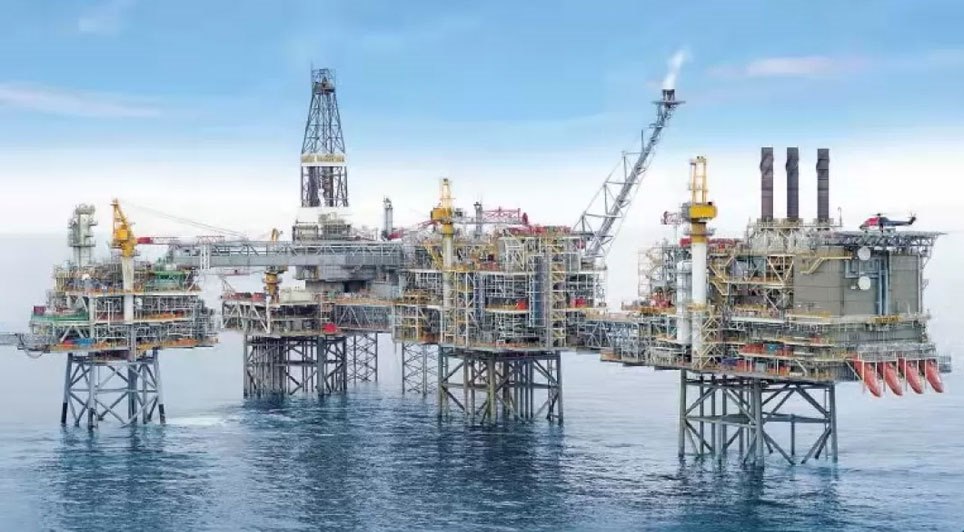
08/05/2025
Global consulting and engineering firm Wood has announced a significant boost to its North Sea operations, securing three reimbursable contract extensions collectively worth approximately £89 million ($118 million).
These extensions will see Wood continue to provide operations and maintenance solu

08/05/2025
SP Energy Networks is inviting residents in Fife to share their views on proposals for Eastern Green Link 4 (EGL4), a major new high-voltage electricity transmission project.
EGL4 is a joint venture between SP Energy Networks and National Grid, designed to transport enough electricity to power app
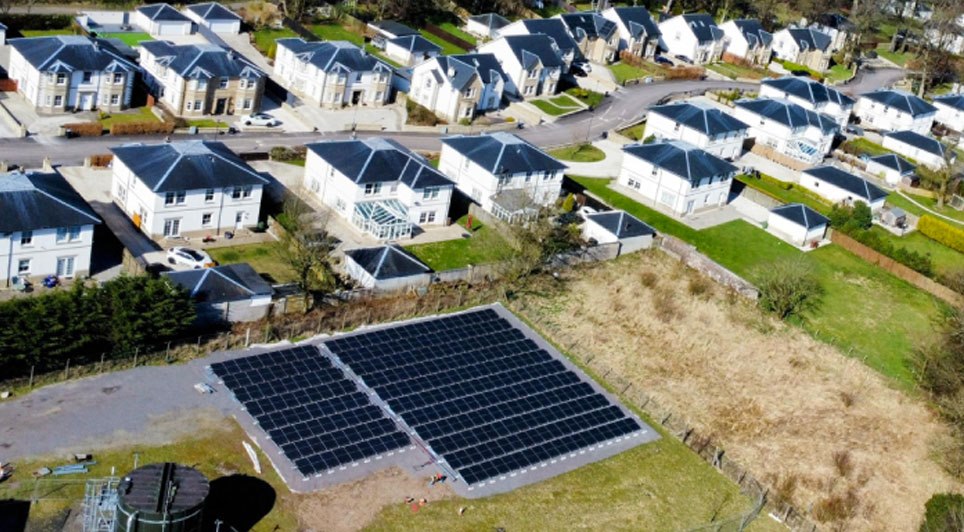
08/05/2025
A £245,000 solar panel installation project at the Stewarton waste water treatment works in East Ayrshire is now complete, set to provide a significant portion of the facility's energy needs from a renewable source.
The project involved the installation of 270 ground-mounted solar panels at the sit
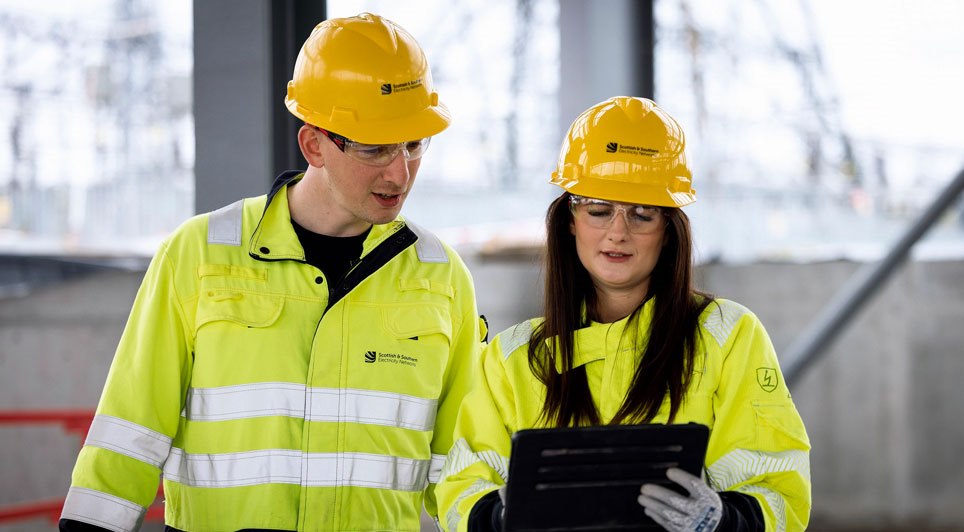
08/05/2025
SSEN Transmission has today (Thursday, 8 May 2025) announced new partnerships with the Women's Utilities Network (WUN) and the Women's Engineering Society (WES).
These collaborations, set to continue into 2026, are designed to open up new avenues for connecting women in the utilities and engineeri
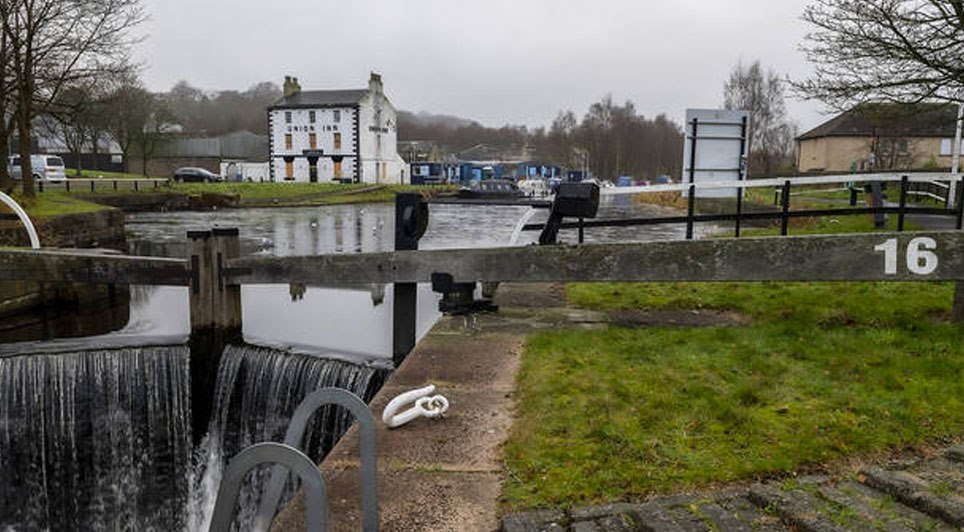
08/05/2025
Leading Scottish civil engineering contractor Mackenzie Construction has launched a dedicated community fund to support local initiatives in the Falkirk area, as significant upgrade works get underway on the Forth & Clyde Canal.
The essential works are part of Scottish Canals' major investment prog

08/05/2025
Fife College's new Dunfermline City Campus has successfully passed independent verification for its embodied and whole-life carbon assessments, setting a new standard for sustainable construction in Scotland. The campus, due to open later this year, is the country's first net-zero-ready tertiary edu
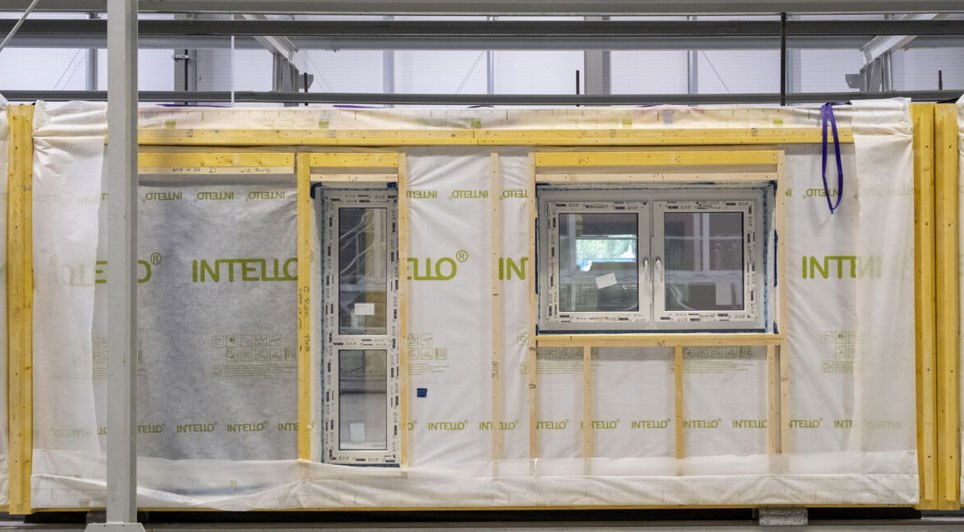
08/05/2025
An innovative, Scottish-first research project is underway at a newly completed social housing development in Easterhouse, Glasgow, which could significantly influence future house-building standards and help reduce tenant energy bills.
Led by Wheatley Group, in partnership with construction firm C

08/05/2025
Allied Surveyors Scotland has announced two significant senior appointments, with David Gibson MRICS and Greg Scrimgeour MRICS joining as Directors, reinforcing the firm's footprint across the Glasgow property market.
David Gibson makes a return to Allied Surveyors Scotland to strengthen the Glasgo
 Scotland
Scotland UK
UK Ireland
Ireland London
London











